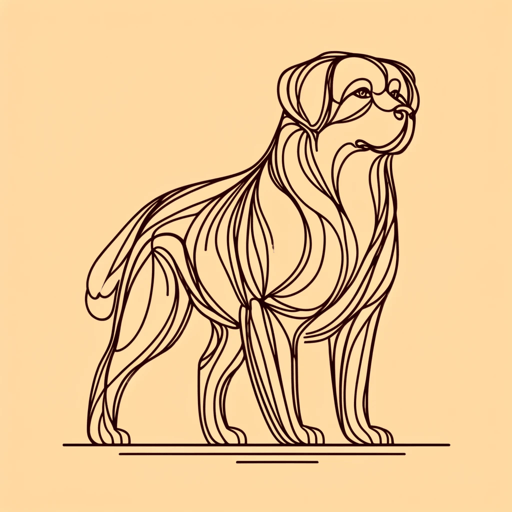45 pages • 1 hour read
William RitterJackaby
Fiction | Novel | YA | Published in 2014A modern alternative to SparkNotes and CliffsNotes, SuperSummary offers high-quality Study Guides with detailed chapter summaries and analysis of major themes, characters, and more.
Background
Cultural Context: Mythology and World Cultures
Jackaby draws from various multicultural myths and legends without any particular distinction to a single time and place. This gives the novel greater scope and a sense of cultural equality; like humans, mythical creatures from all beliefs and pantheons are a very real part of this world.
The first time Abigail meets Jackaby, he immediately takes stock of a handful of contrasting mythical creatures: a domovyk, a domovoi, and a Klabautermann, from Ukraine, Russia, and Germany, respectively. Accurately identifying these creatures, which is Jackaby’s specialty, helps him chart Abigail’s journey. The domovyk and domovoi are likely regional variations of the same legend: a helpful household spirit, similar to the brownies of English and Scottish folklore. About these creatures, Jackaby says, “Were the [domovyk’s] fur a bit longer, it could easily be confused for a Russian domovoi” (25-26). This suggests that the creatures began as one species and then evolved to adapt to different surroundings. He goes on to explain the Klabautermann and alludes to an 1872 poem by Henry Wadsworth Longfellow, “The Ballad of Carmilhan,” which features “Klaboterman, / The Kobold of the sea” (“The Musician's Tale; The Ballad of Carmilhan.” Henry Wadsworth Longfellow.

